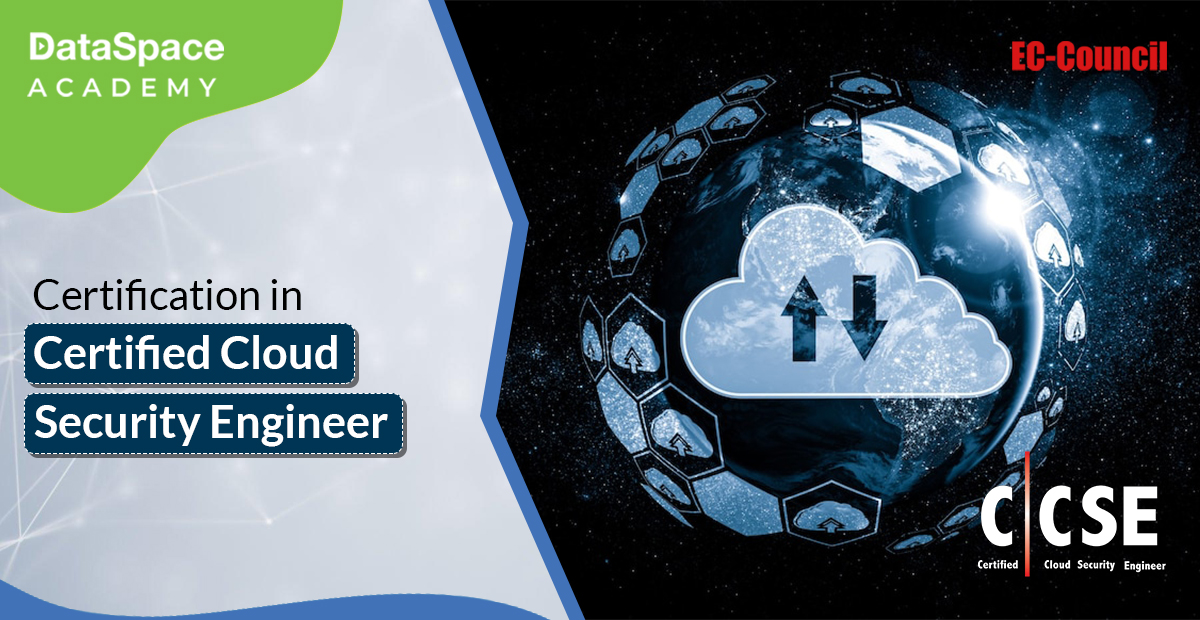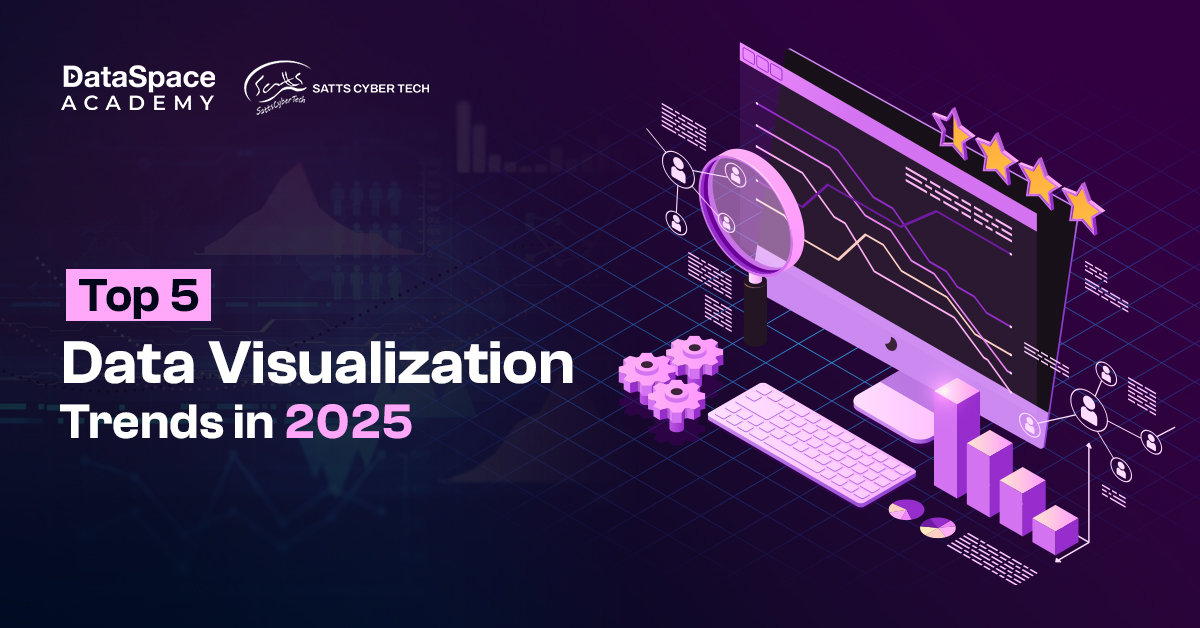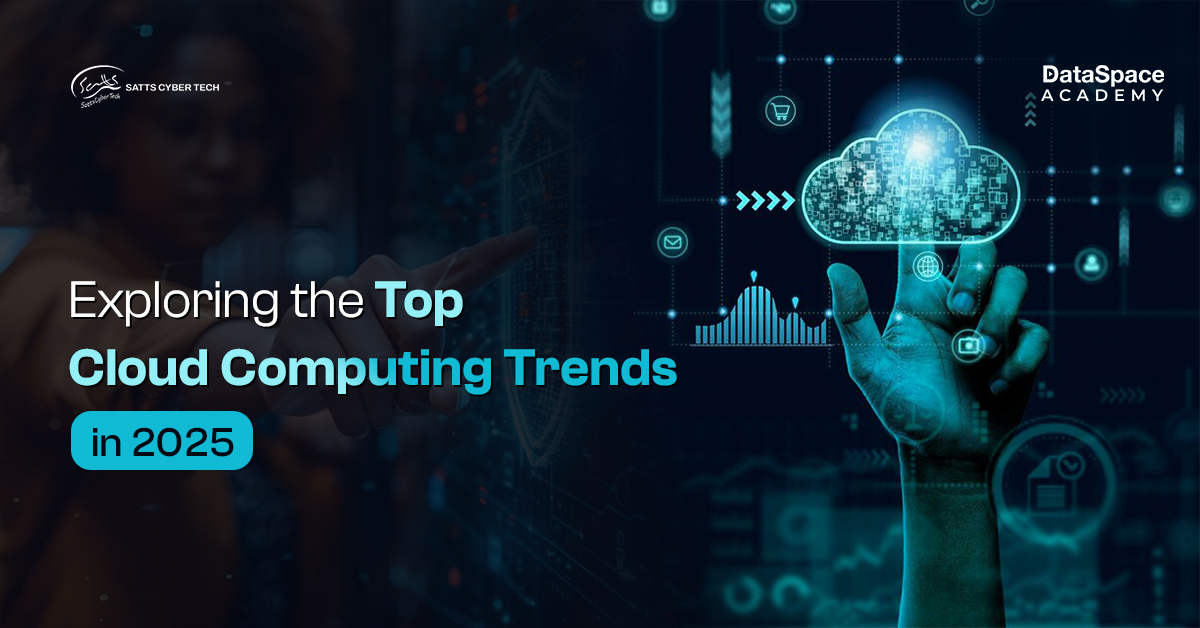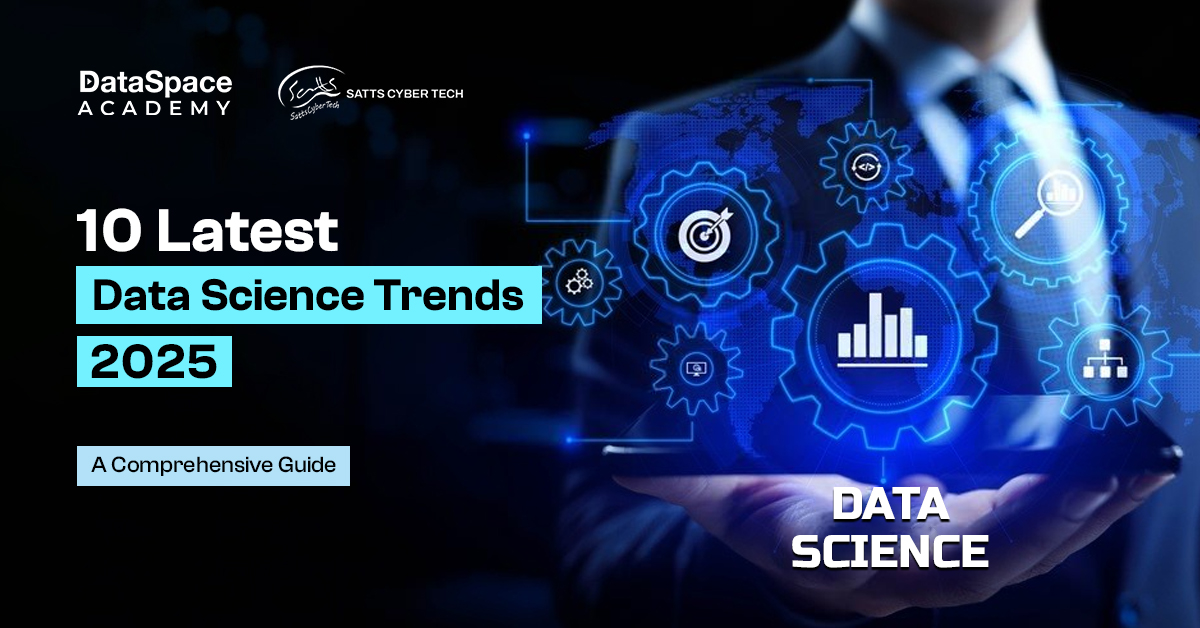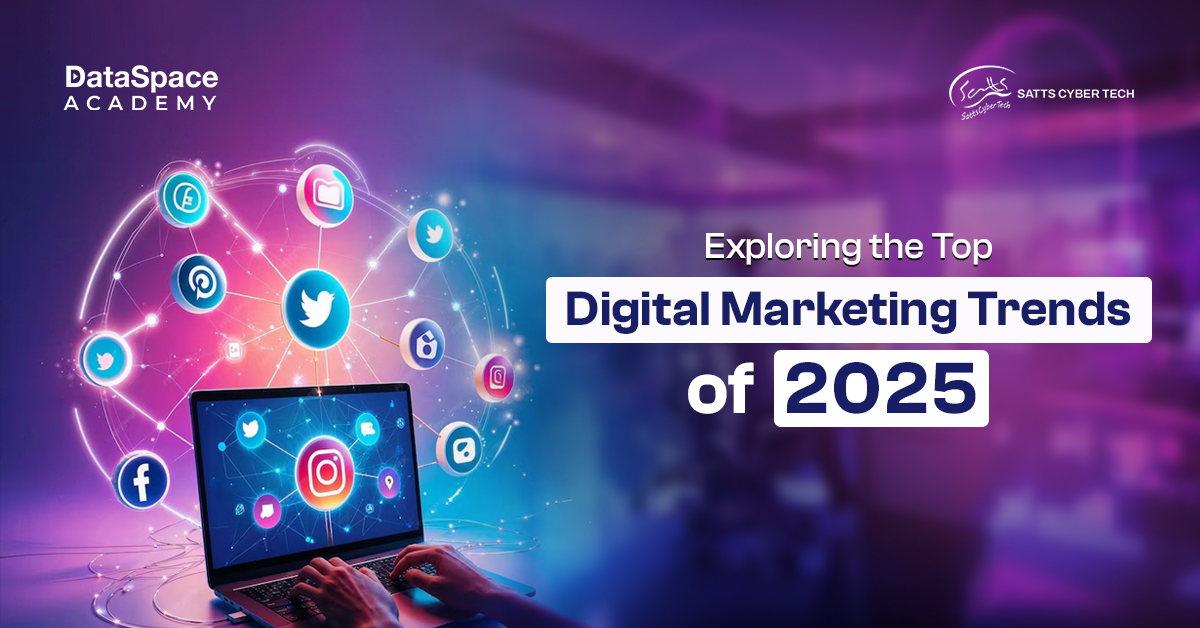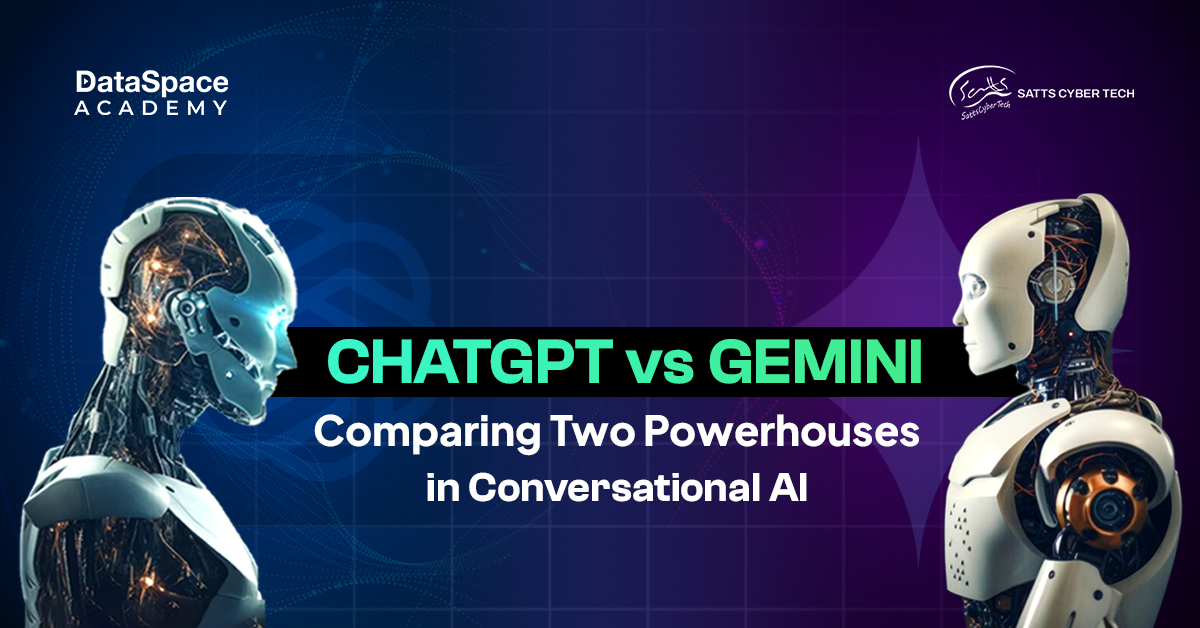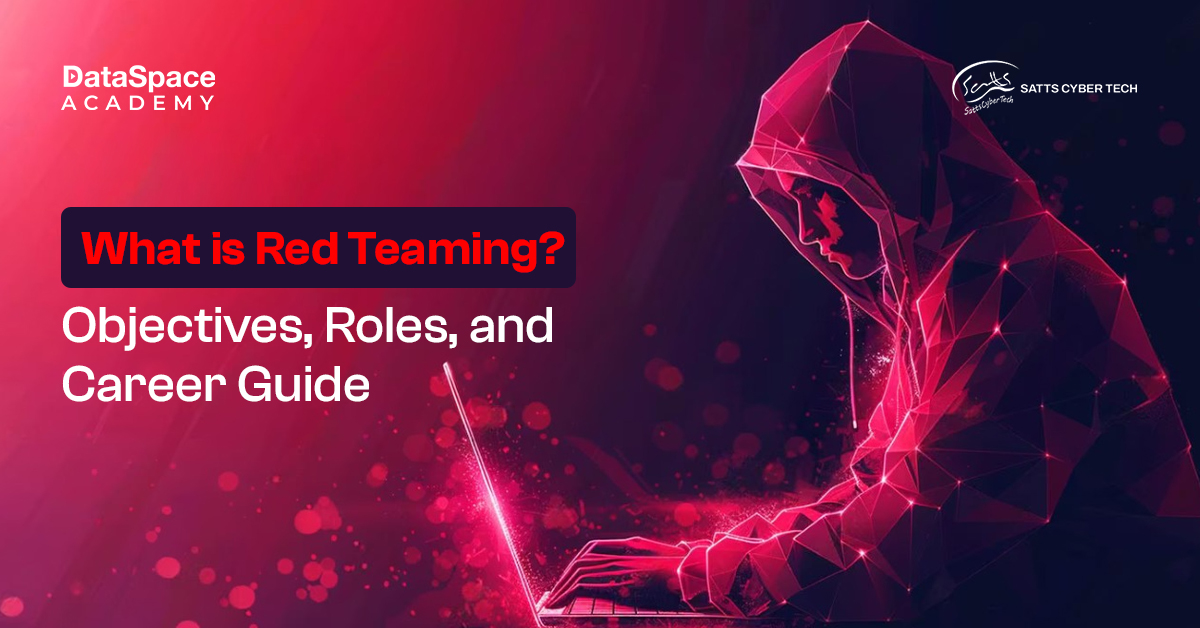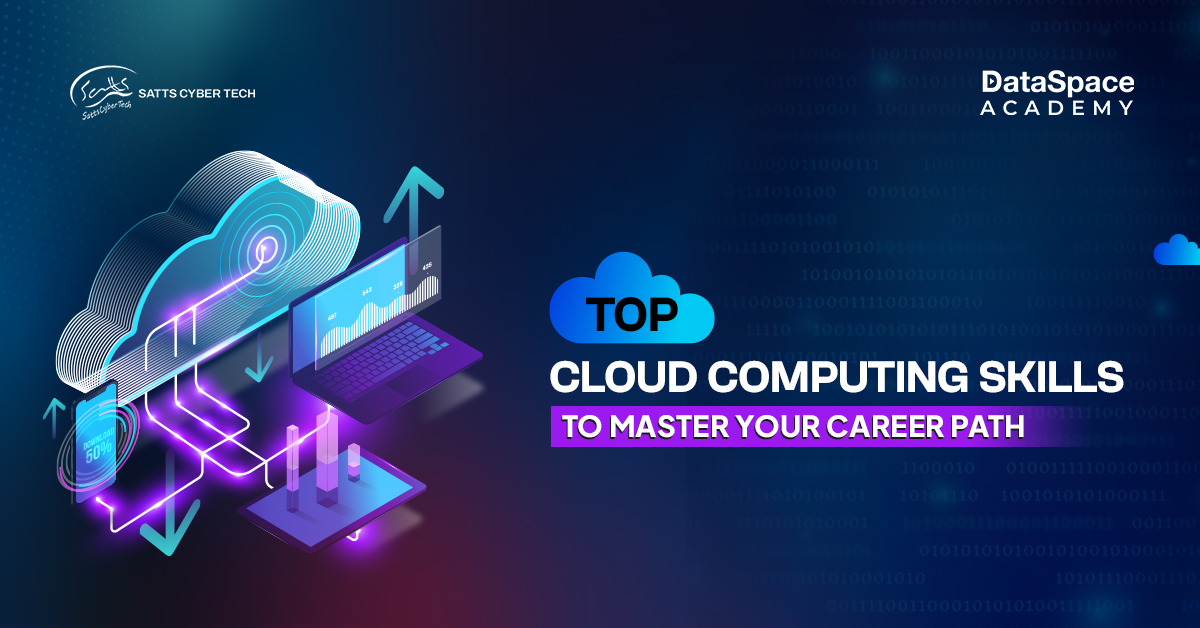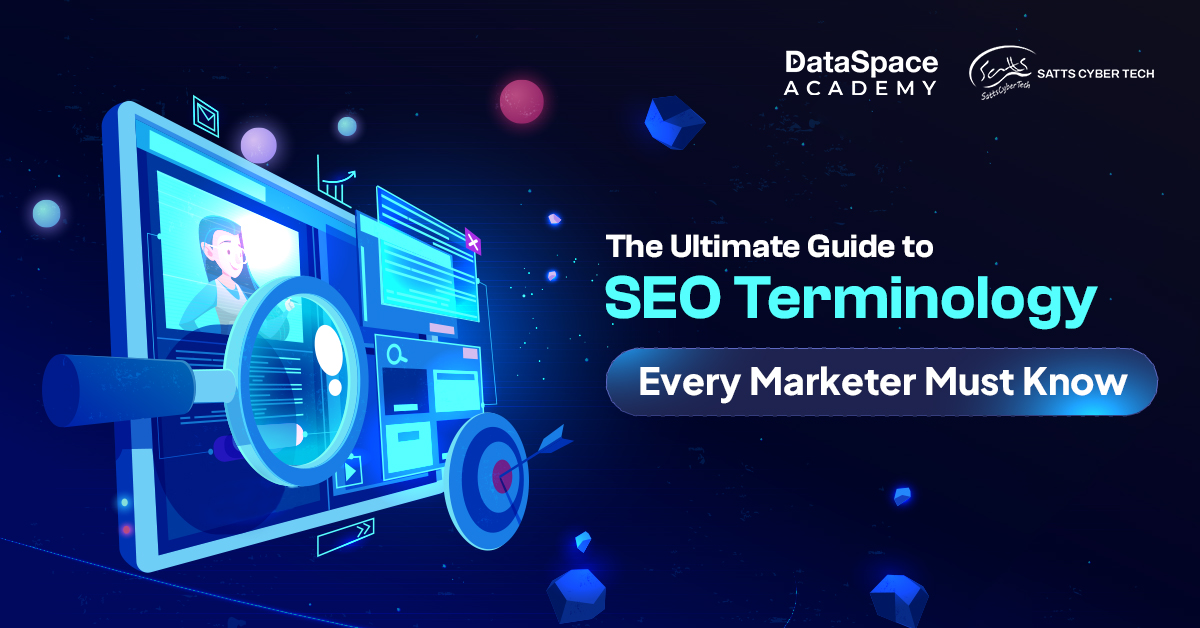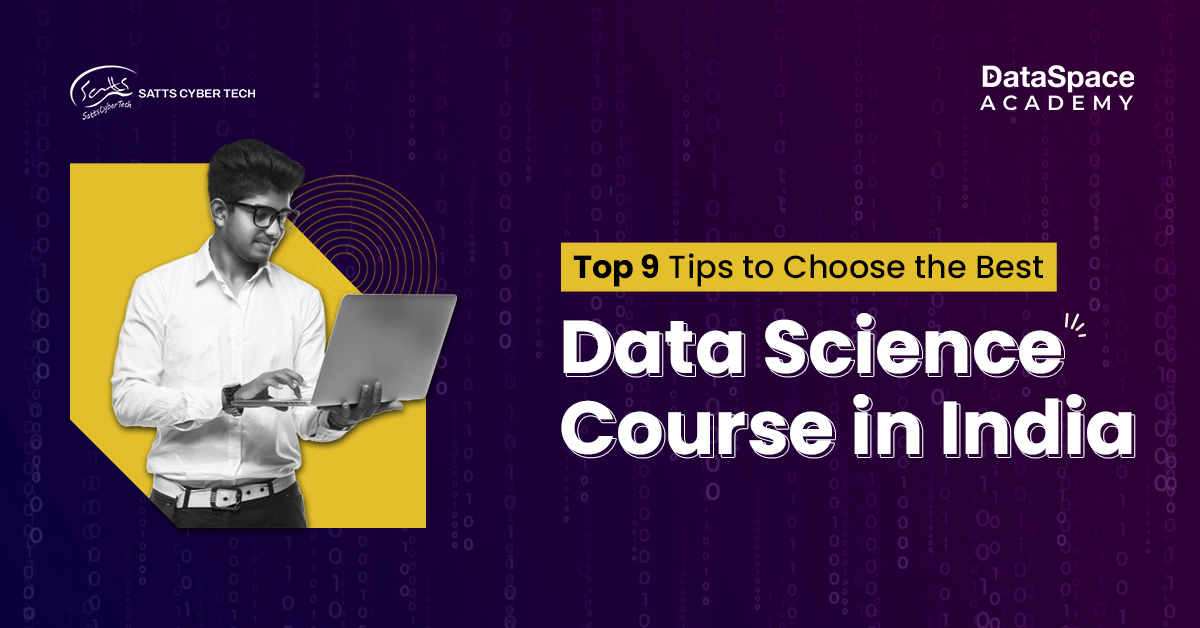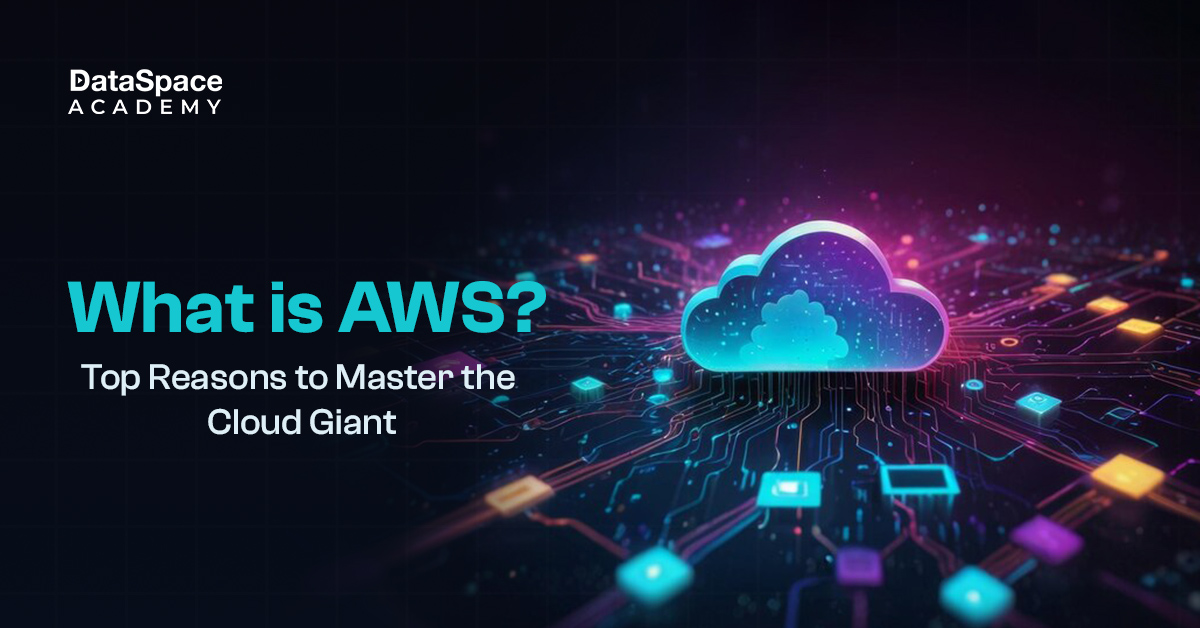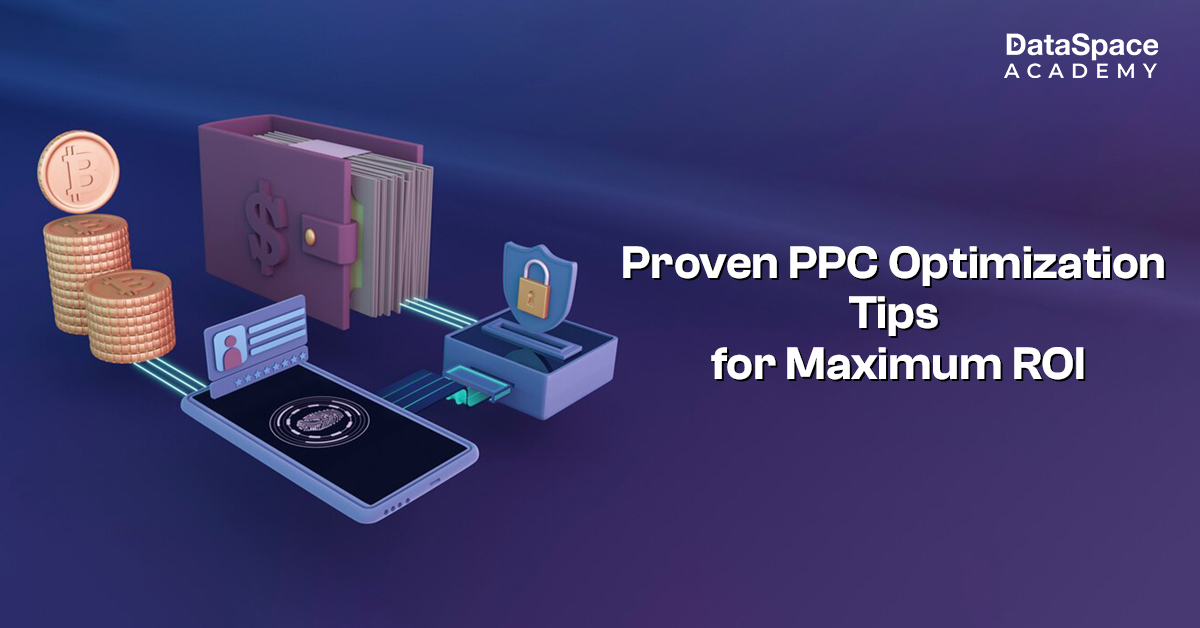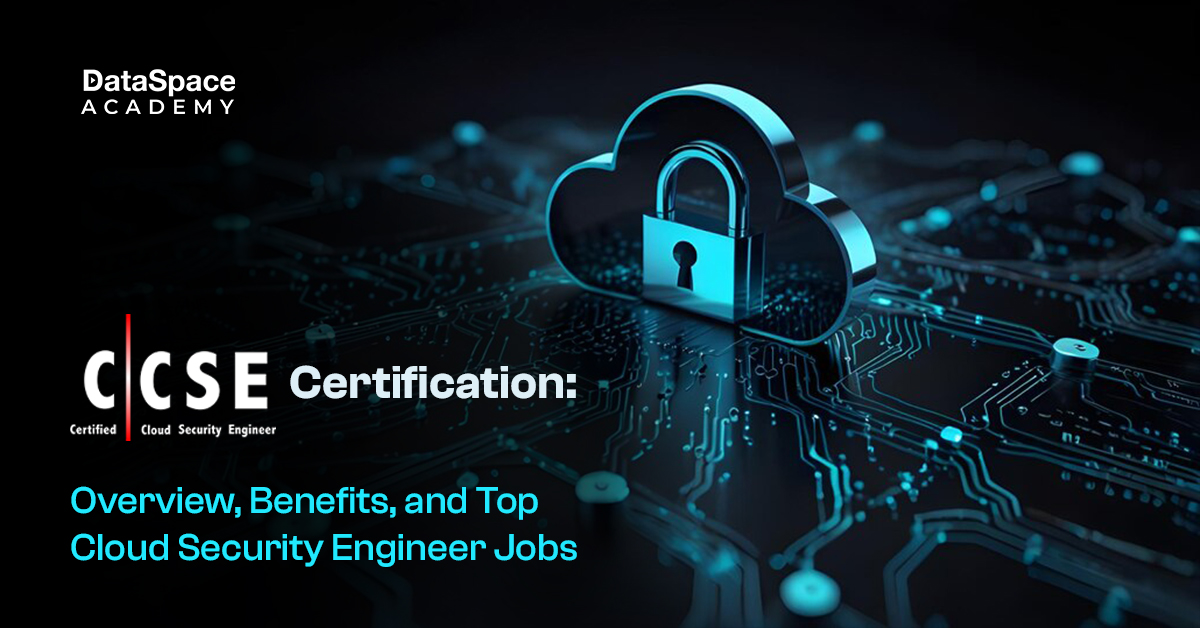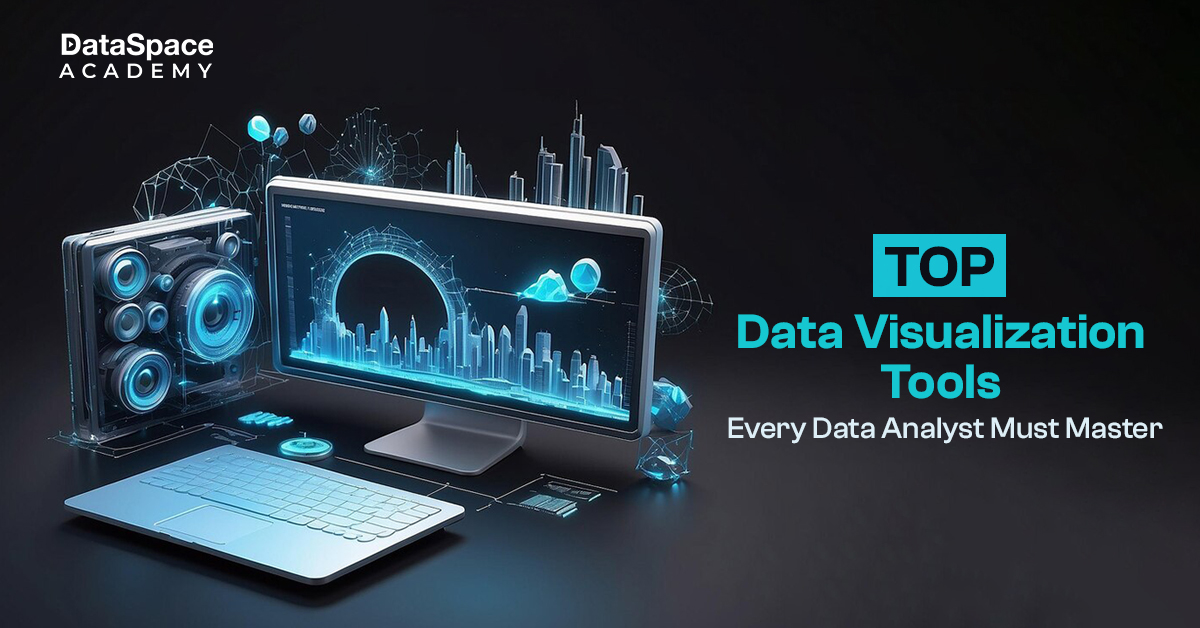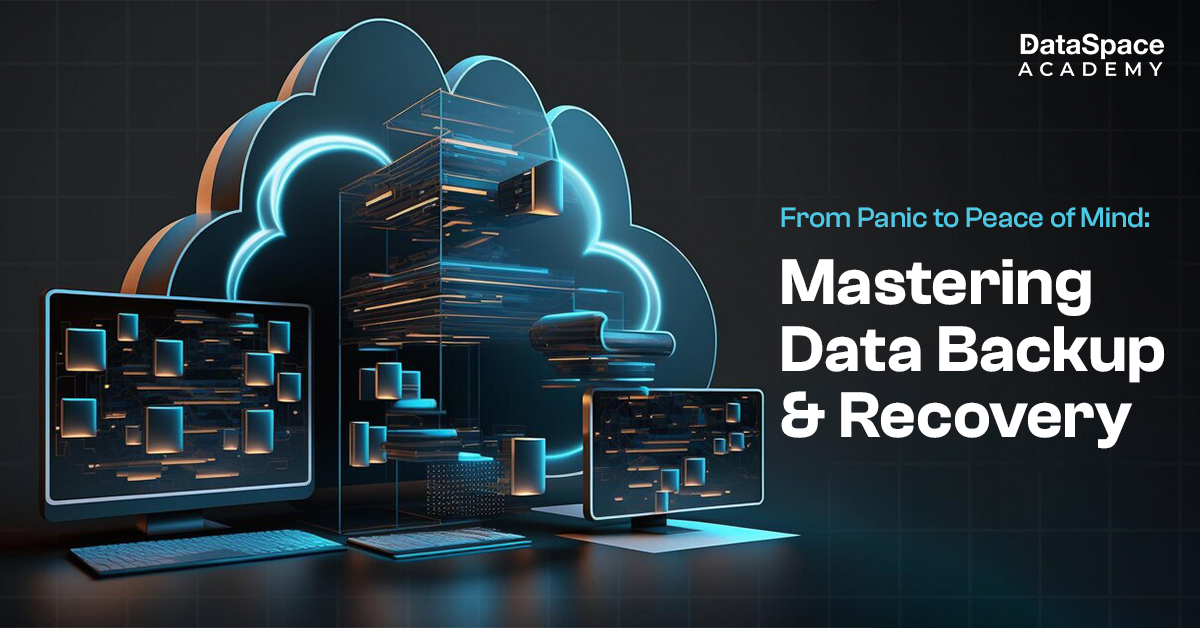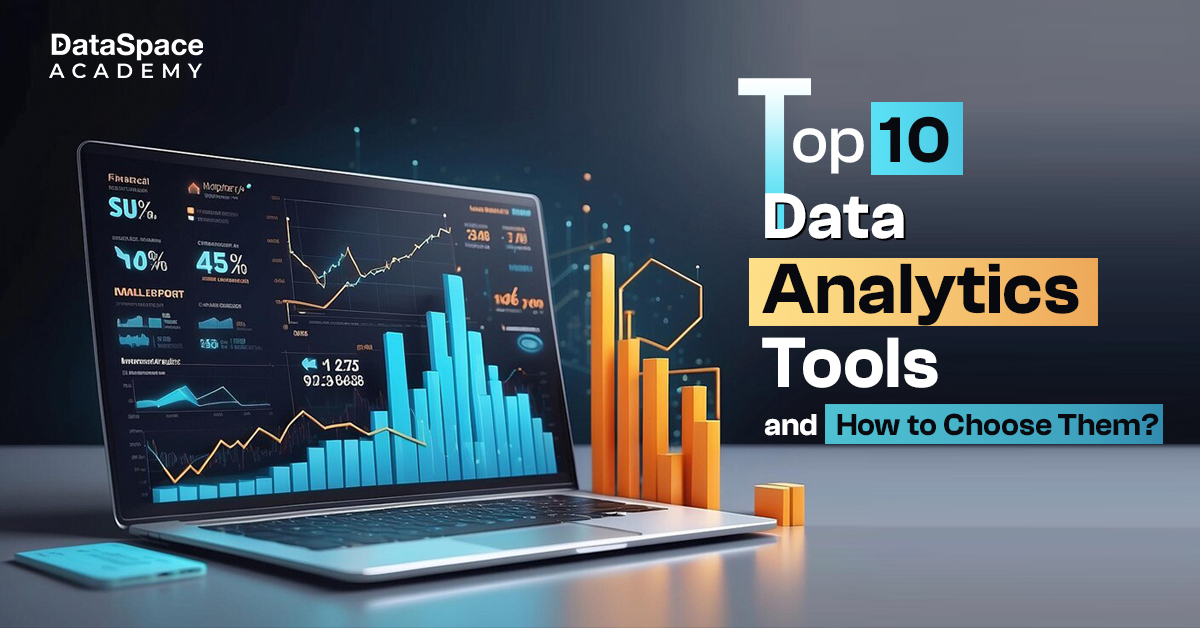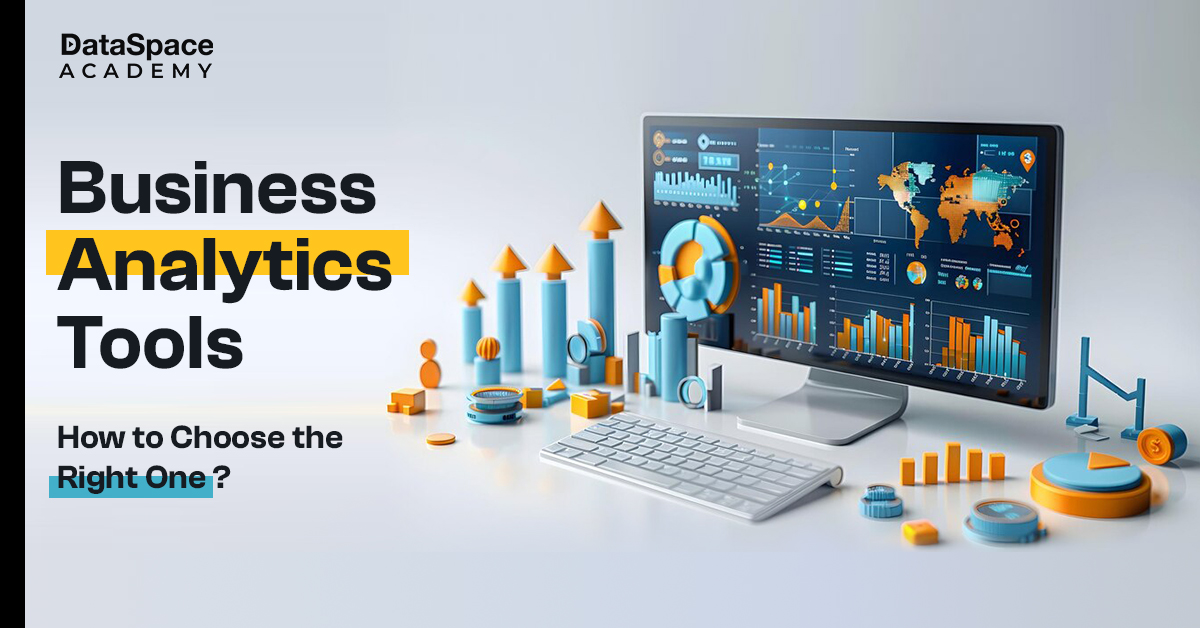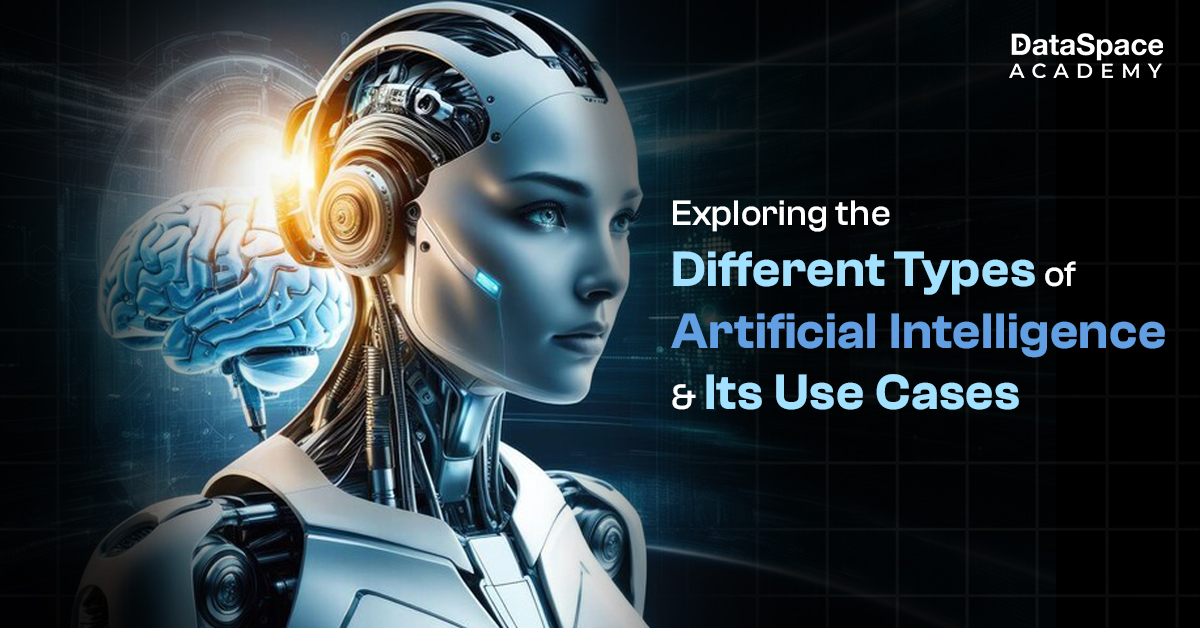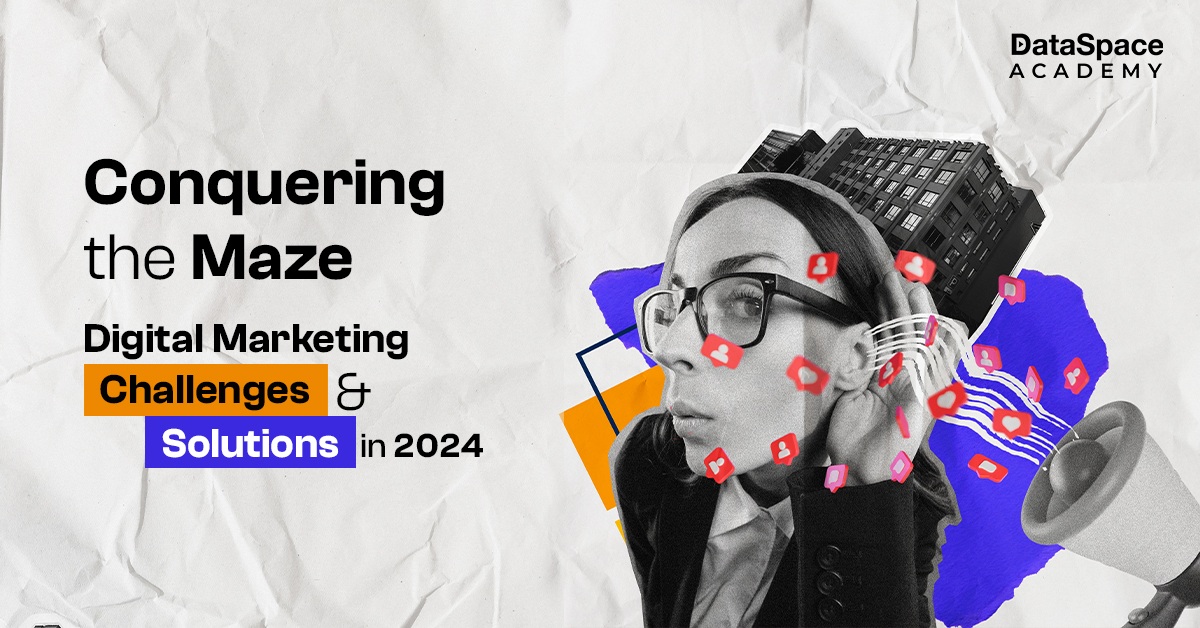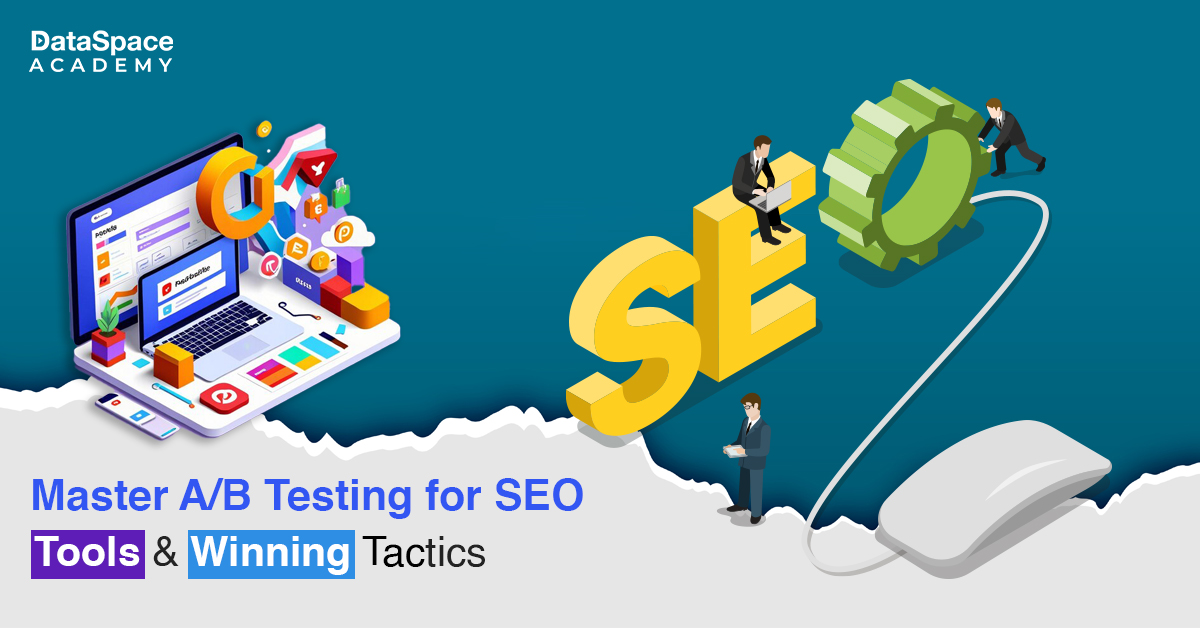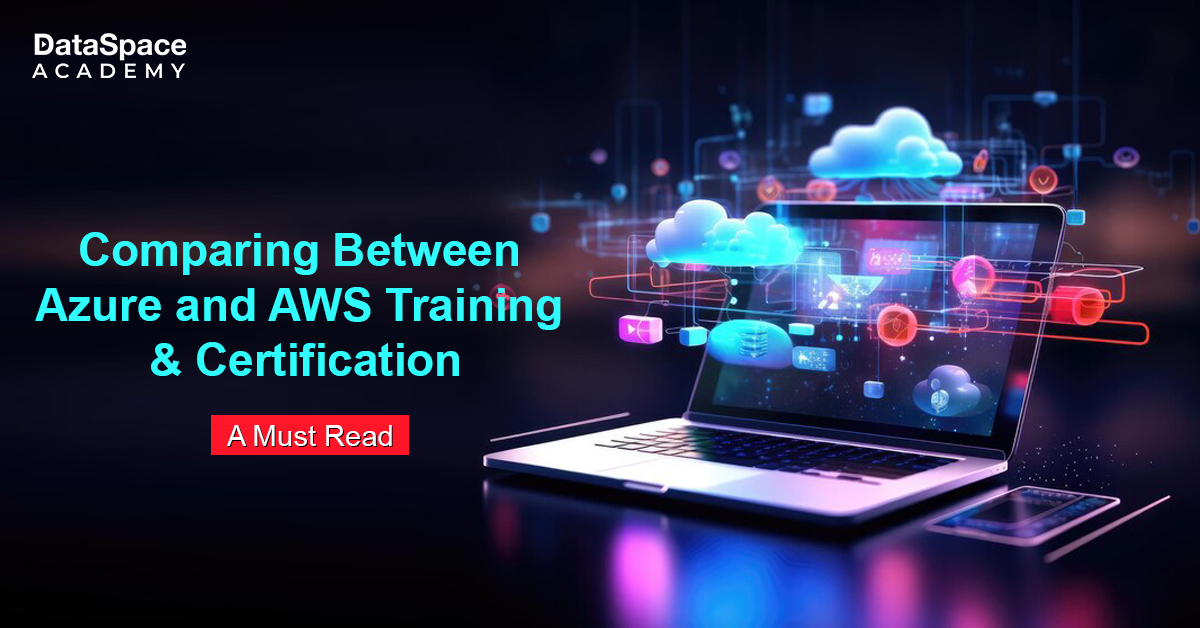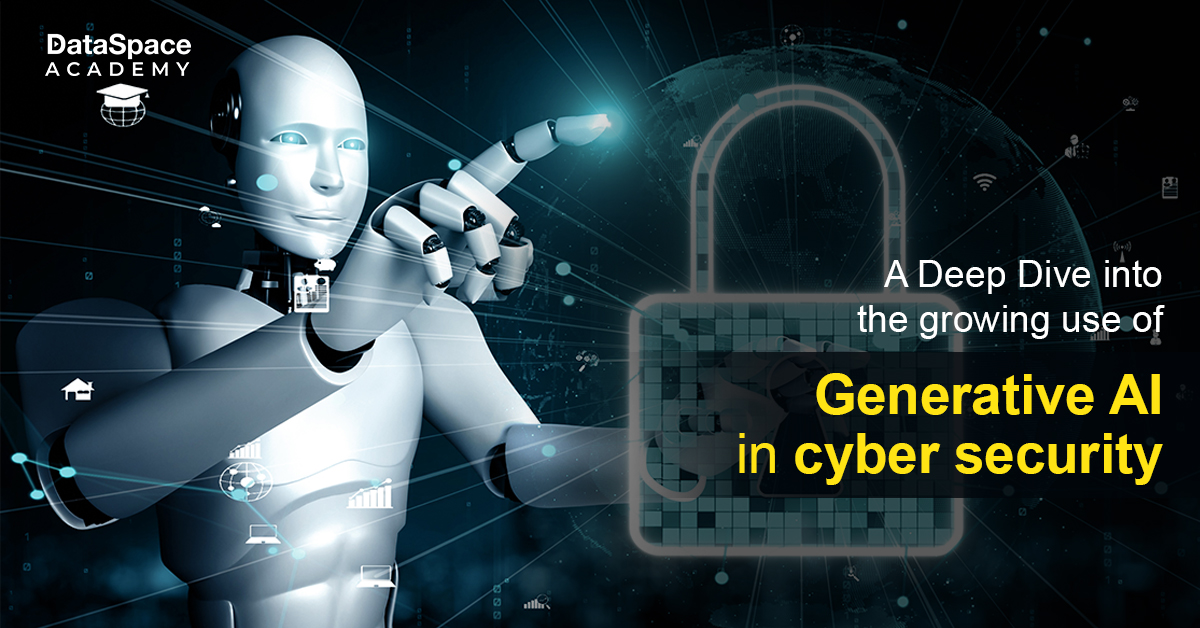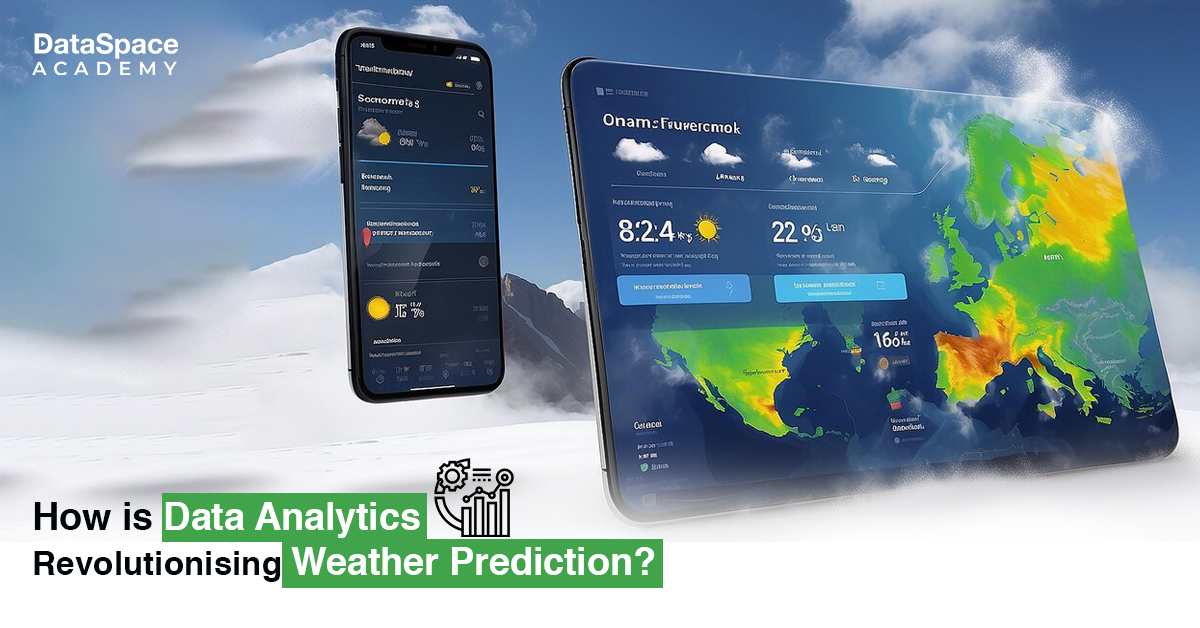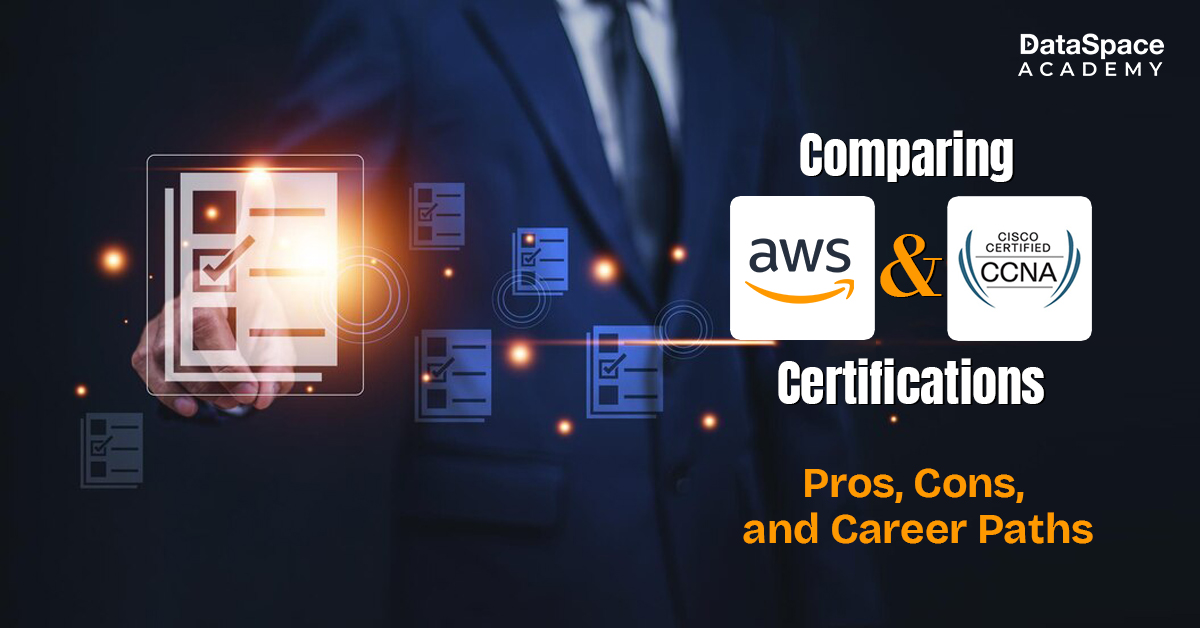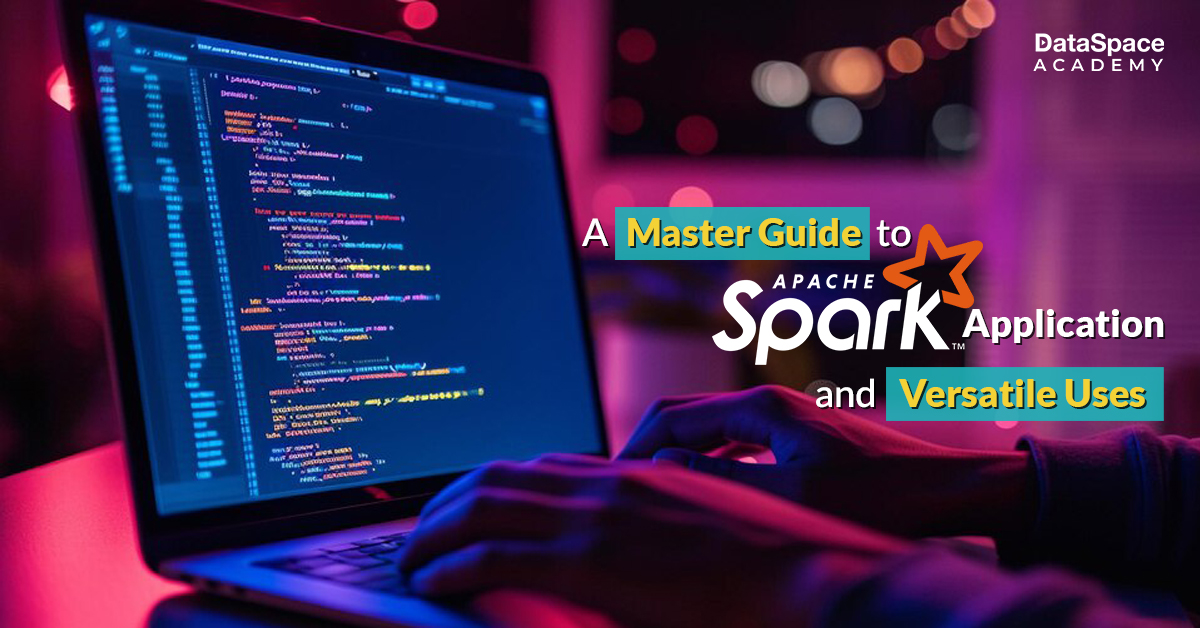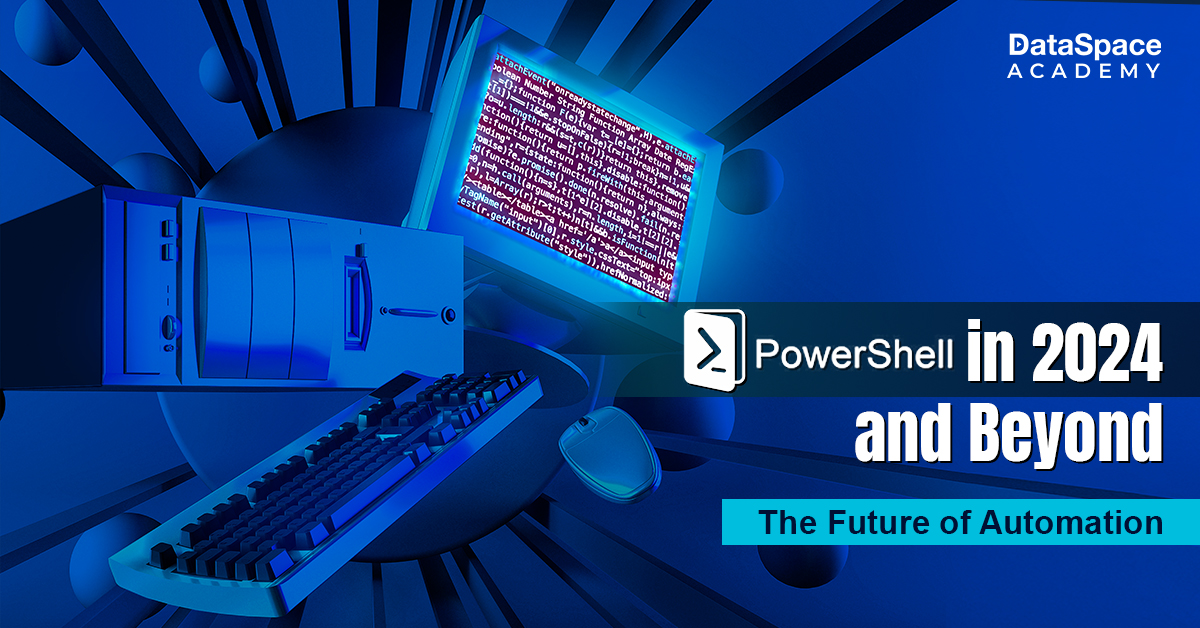An Expert's Guide To Top Cloud Terminology
Last Updated : 12 Sep, 2024
 55.46K
55.46K
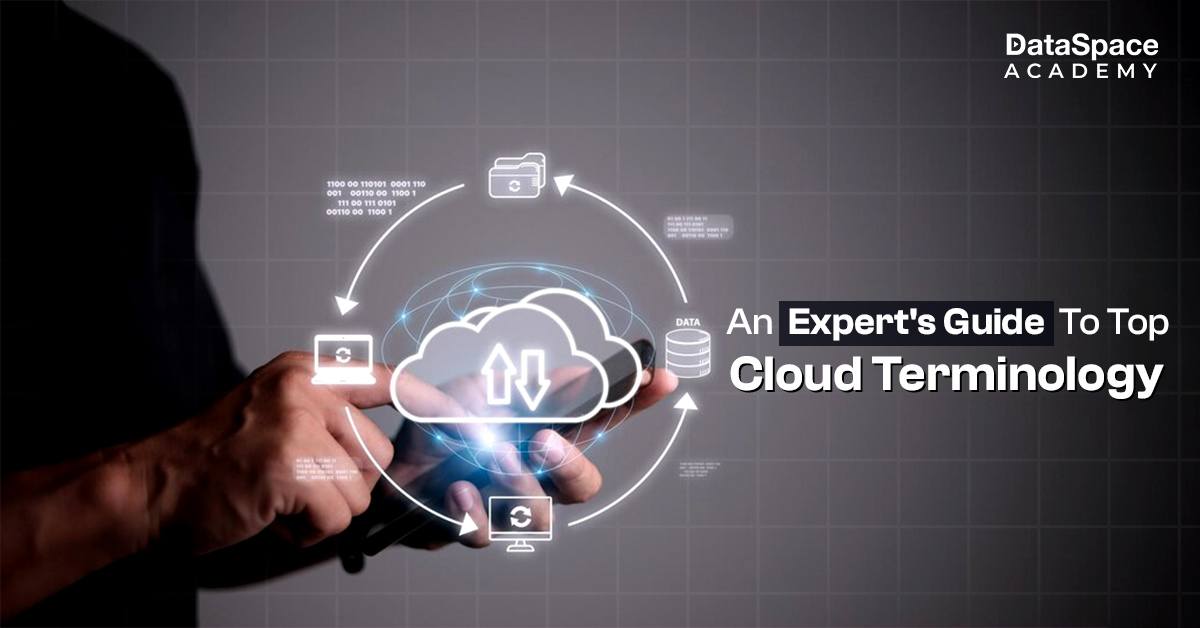
Introduction
In today’s digital-first world, cloud computing is revolutionising how businesses and individuals manage data, applications, and workflows. But with this transformation comes an avalanche of jargon, making it essential to learn cloud terminology to navigate this field like a pro. Whether you’re just stepping into the world of cloud technology or looking to deepen your expertise – understanding the basic concepts and terminology of cloud computing is a must for building a promising career.
This guide will take you through some of the most important terms in cloud computing, to ensure you’re well-equipped to stay competitive in this dynamic industry.
Why Understanding Cloud Computing Terms Are Essential?
Understanding cloud computing isn’t just about knowing where your data goes when it’s saved “to the cloud.” It’s about understanding the different services, architectures, and models that underpin cloud environments. Mastering cloud computing in simple terms can help you to:
- Make informed decisions on the best solutions for your personal or business needs.
- Communicate effectively with IT teams and stakeholders.
- Maximise the efficiency of your systems and applications.
- Stay ahead of the curve in a field that’s continually evolving.
Acquaintance with cloud computing terminologies is key for both budding professionals and seasoned experts. Whether you’re looking to secure your first job or vying for the next promotion – the right understanding of cloud concepts can significantly boost your expertise and open doors to new opportunities.
Top Cloud Computing Terms You Should Know
Let’s dive into the top cloud computing terms that everyone—whether you’re a beginner or a seasoned professional—needs to understand to stay relevant in today’s fast-moving tech landscape.
- Example: Amazon Web Services (AWS) is a popular IaaS provider, enabling businesses to rent virtual machines and other infrastructure elements on demand.
- Why It Matters: IaaS allows businesses to scale up or down quickly without investing in expensive hardware, making it an essential term for any tech professional.
- Example: Microsoft Azure, Heroku, and Google App Engine.
- Why It Matters: PaaS accelerates the development process, enabling faster deployment and simplified management for developers. This makes it a crucial term for software engineers.
- Example: Google Workspace (formerly G Suite) and Salesforce are popular SaaS products.
- Why It Matters: SaaS is vital for businesses of all sizes as it reduces the need for costly software licenses and upgrades, while providing flexibility and accessibility.
- Example: Microsoft Azure, AWS, and Google Cloud Platform (GCP).
- Why It Matters: Public clouds are particularly useful for startups and small businesses as they offer flexibility and cost-efficiency, making them a key concept in cloud computing.
- Example: Private clouds are often built using virtualisation platforms such as VMware or OpenStack.
- Why It Matters: For industries that handle sensitive data, such as healthcare or finance- private clouds provide necessary security and compliance without sacrificing flexibility.
- Why It Matters: Hybrid cloud solutions allow organisations to have greater flexibility and more deployment options. This advanced cloud infrastructure is especially helpful to meet specific business needs such as security compliance or data residency regulations.
- Why It Matters: Building applications natively in the cloud ensures they can scale efficiently and are resilient to failures. Thus, employers are increasingly looking for cloud engineers skilled in the development of cloud-native apps.
- Why It Matters: Multi-cloud strategies are becoming increasingly common as businesses seek flexibility and customisation in their cloud services. This term is critical for those managing complex cloud infrastructures.
- Why It Matters: With the rise of IoT (Internet of Things) and AI, edge computing is a growing trend in cloud computing, offering faster data processing and reduced latency.
- Example: AWS Lambda is a prominent serverless service.
- Why It Matters: Serverless computing can significantly reduce operational overhead, allowing faster innovation and reducing costs. This is a must-know concept for developers and DevOps professionals.
- Why It Matters: Containers are vital for modern cloud computing because they offer portability, efficiency, and scalability in application deployment.
1. Infrastructure as a Service (IaaS)
IaaS refers to the most basic category of cloud services. It delivers virtual computing resources like servers, storage, and networking over the internet. This service eliminates the need to maintain physical hardware, offering flexibility and scalability.
2. Platform as a Service (PaaS)
The PaaS platform allows developers to develop, run, as well as manage apps without having to deal with the base infrastructure. Technically, it serves as the mid-layer placed in between SaaS and IaaS.
3. Software as a Service (SaaS)
SaaS is one of the most familiar cloud computing models. In this model, software applications are delivered over the internet and accessed via a web browser rather than installed on a local machine.
4. Public Cloud
In a public cloud, services are delivered over the internet and shared across multiple users or tenants. This is the most common form of cloud deployment due to its affordability and scalability.
5. Private Cloud
A private cloud is a cloud infrastructure that is exclusively used by a single organisation. It offers enhanced security and control but lacks the scalability benefits of the public cloud.
6. Hybrid Cloud
A hybrid cloud merges private and public clouds, enabling the sharing of data and applications between them. This setup offers the benefits of both cloud environments, assuring both scalability and security.
7. Cloud-Native Applications
Cloud-native applications are designed specifically to run in cloud environments, leveraging the full range of cloud benefits, such as scalability, automation, and resource optimisation.
8. Multi-Cloud
Multi-cloud involves utilising two or more cloud computing services from different providers. Organisations may use this strategy to avoid vendor lock-in and optimise for cost or performance.
9. Edge Computing
Edge computing involves processing data closer to the data source (i.e., at the “edge” of the network), rather than sending it to a centralised cloud for processing.
10. Serverless Computing
In serverless computing, developers can run code without having to manage or provision servers. The infrastructure is managed by the cloud provider, enabling developers to concentrate entirely on coding.
11. Containerisation
Containers bundle an application and its dependencies into a single package, ensuring it runs the same across different computing environments. Docker and Kubernetes are widely used tools for managing containers.
Conclusion
Mastering the terminology of cloud computing is not just about keeping up with industry buzzwords—it’s also about leveraging these concepts to enhance your career. There are multiple cloud computing courses for beginners that can empower you in cloud terminologies and skills to help you build a career in the cloud. You might want to explore a cloud essentials certification to boost your qualifications and stand out in the competitive tech job market. As cloud technology dominates business operations, mastering these terms is key to building a successful and rewarding career in cloud computing.
 55.46K
55.46K

